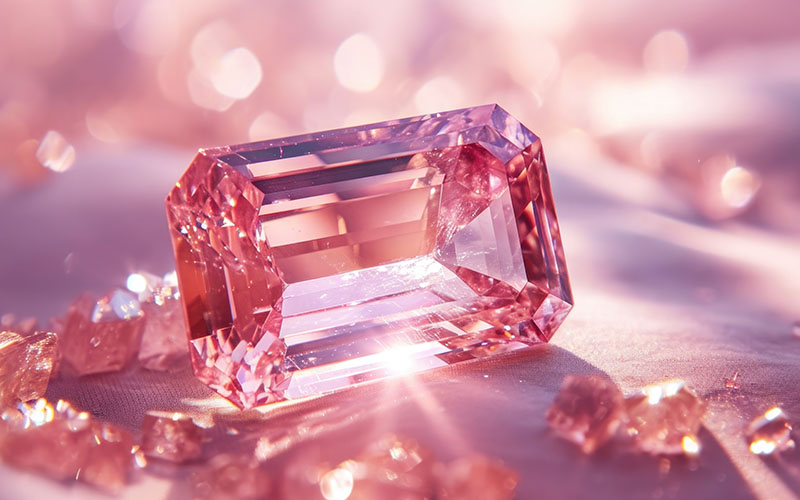In the normal diamond color range ‘Z’ is classified as most tinted while ‘D’ is classified as most colorless. So what happened to A, B and C? Are they reserved for new diamond discoveries? Extraterrestrial diamonds? What could possibly be more colorless than most colorless? If there are 23 classifications why not start with ‘A’ and end with ‘W?’
An Antique Answer
Prior to the 1900s diamonds were largely restricted to the affluent and royalty. That changed as diamond jewelry became increasingly popular in America. Diamond sales began growing notably after World War II ended were supercharged with the introduction of the DeBeers’ ad campaign “A Diamond Is Forever” in 1948. Terms to describe diamonds existed, but they varied from region to region. No uniform grading system existed.

Chaos Abounds
As sales surged, diamond brokers and sellers introduced more and more terms, trying to outdo one another with appealing, official sounding descriptions. Letters and numbers became compounded, so that a store offering ‘A’ as their highest diamond quality soon heard of a competitor offering ‘AA’ quality, and another offering ‘AAA.’ The resulting confusion in the diamond market began to undermine consumer confidence. By the early 1950s jewelers were calling for a standardized grading system.

The Father of Modern Gemology
The Gemological Institute of America (GIA), an active research and education center founded two decades prior, answered the call. A number of the institute’s gemologists, led by Richard Liddicoat, hailed as the Father of Modern Gemology, developed a diamond grading system first instructed in New York City in 1953, which became introduced on diamond grading reports in 1955.

The ABCs of Color Grading
Liddicoat and colleagues wanted to avoid confusion between old diamond descriptions and their new system. To that end, clarity classifications were newly designed acronyms such as VVS (very very slightly included) and SI (slightly included). Color classifications were far more granular. It made sense to employ the alphabet, but the team wanted to clear the grading palate of the competing A, AA and AAA descriptions. Liddicoat decided to toss A completely out the window, along with B and C for good measure, knighting the letter D as the highest color grade possible in the normal range.
Now considered the international standard, the diamond grading system they introduced in 1953 continues to be used by most gemological institutes today.




